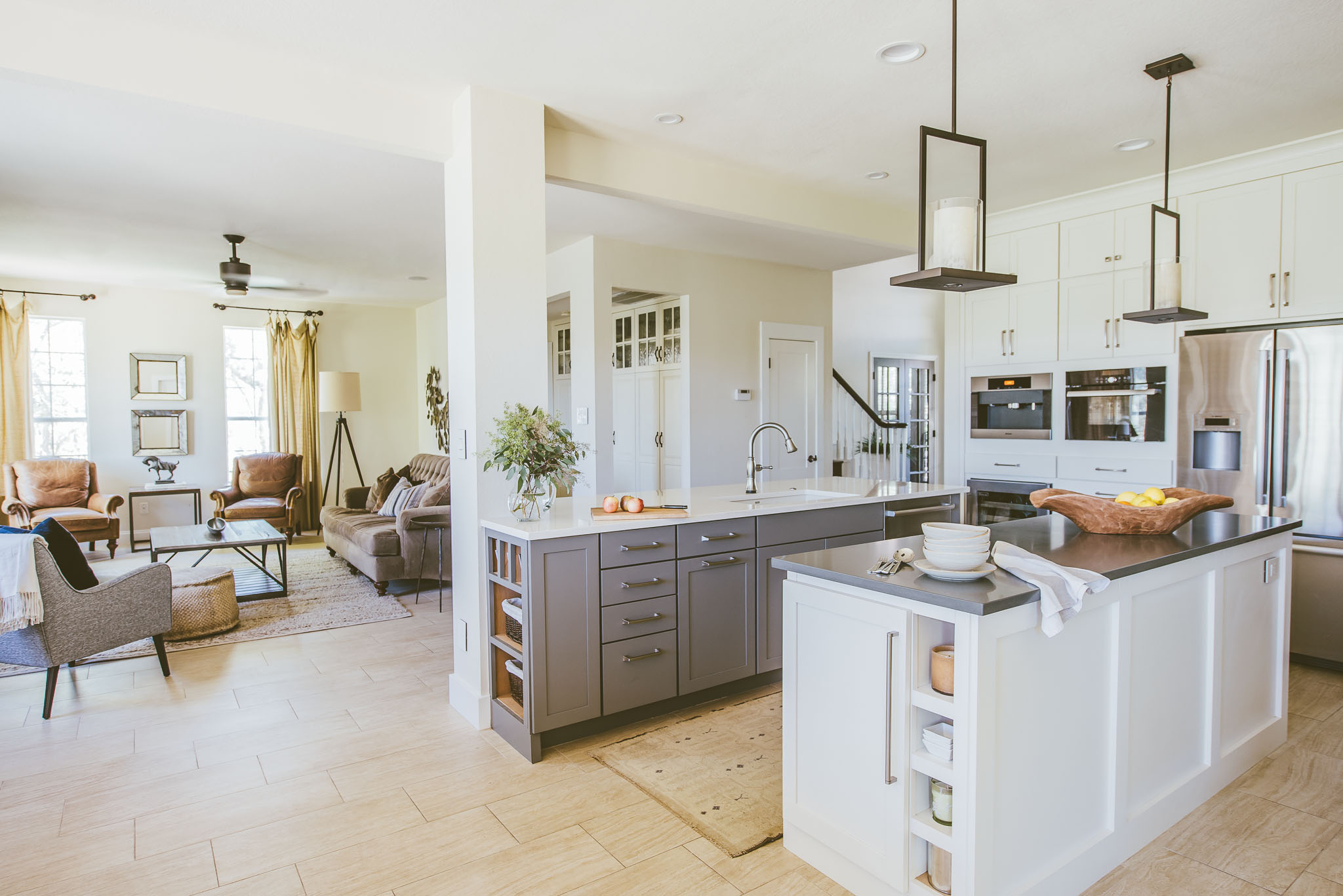Photo by Getty Images
So, this is embarrassing. I'm going to describe a décor trap that I am all too familiar with, because it happened to ME (quick side note – many of the issues in my blog will be about lessons I have learned not only through years as an interior designer, but through experiences with my own home). Okay back to my story: when my husband and I were married in 1994 we bought our first house. We were enticed by the neighborhood and the views, and despite having a degree in architecture, I was young and new to being a homeowner. The house was lovely but spec home quality, and very traditional. I didn't really make a conscious recognition of the style of the house at the time.
WHERE AM I?
After a few years the trends in design changed and I began to think that I liked Mediterranean-style (probably because I saw it in all of the magazines and stores!). I started decorating my home not thinking about the architectural style of the house, but just buying things that I thought seemed cool. I ended up with curvy iron light fixtures, terra-cotta planters, and I even replaced our tile (yep – LOTS of it!) with a cheap version of something meant to look like saltillo tile. In a traditional brick house. What? (I told you this was embarrassing!)
The result is what I will call a house with a “personality disorder". It had veered from it’s true identity, and the mojo of the house had definitely gotten lost along the way...
THE FIX
After years of trying to figure out what wasn’t working, one day it hit me - I needed to get back to the roots of the house! Unfortunately some of the changes I had made were not inexpensive to fix, but I vowed to get back on track with each small decision that was made, hoping that one day I could make major progress.
Then a few years ago we committed to a major renovation. Out came my ‘inspiration’ notebook (many years of clippings had accumulated before Pinterest came along!) and the vision in my mind became a reality. Now I really love my house. It’s not fancy, but it makes me happy and it finally feels cohesive.
WHAT STYLE IS YOUR HOME?
Take some time to think about the architecture of your home. Is it Traditional? Contemporary? Ranch Style? For those of you who don’t know I’ll provide tips on that down the road. Then consider the interiors and take note of fixtures, finishes, or furnishings that are in conflict with the style flow. Now, there is a chance that some of you might say "my house is traditional, but I prefer modern". That's okay! Mixing styles is not impossible, it just takes a certain skill and finesse. It can be lovely if done well, but the key is to first know what your house is and have a plan for where it should go.



